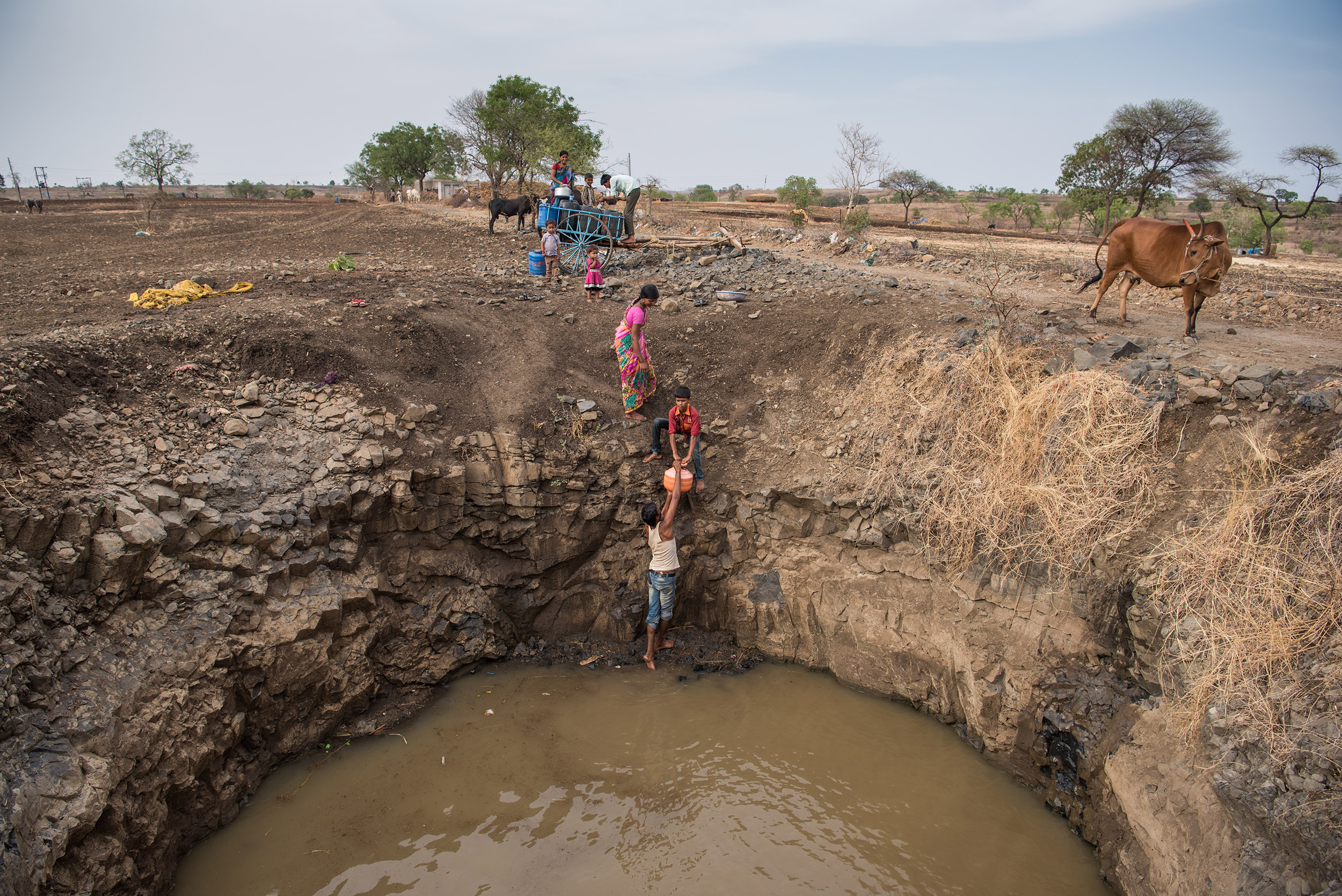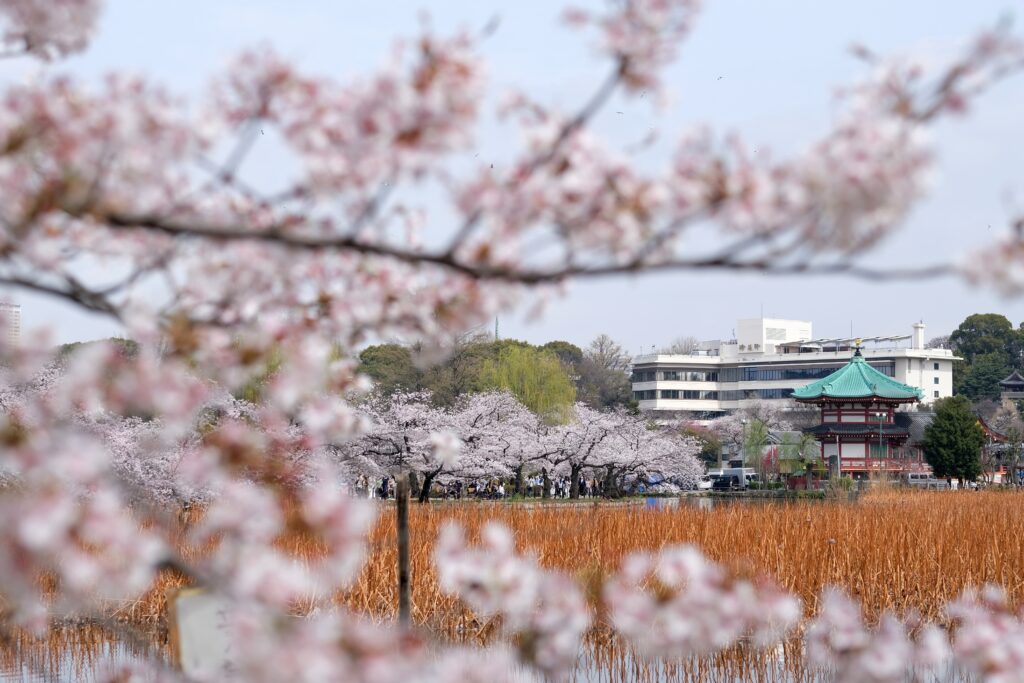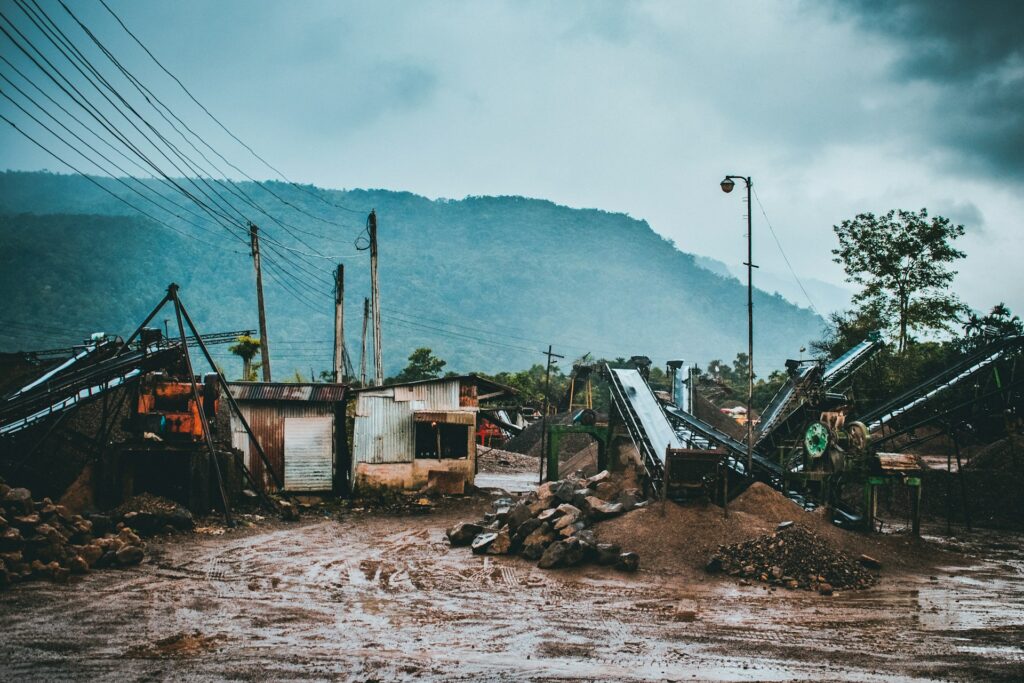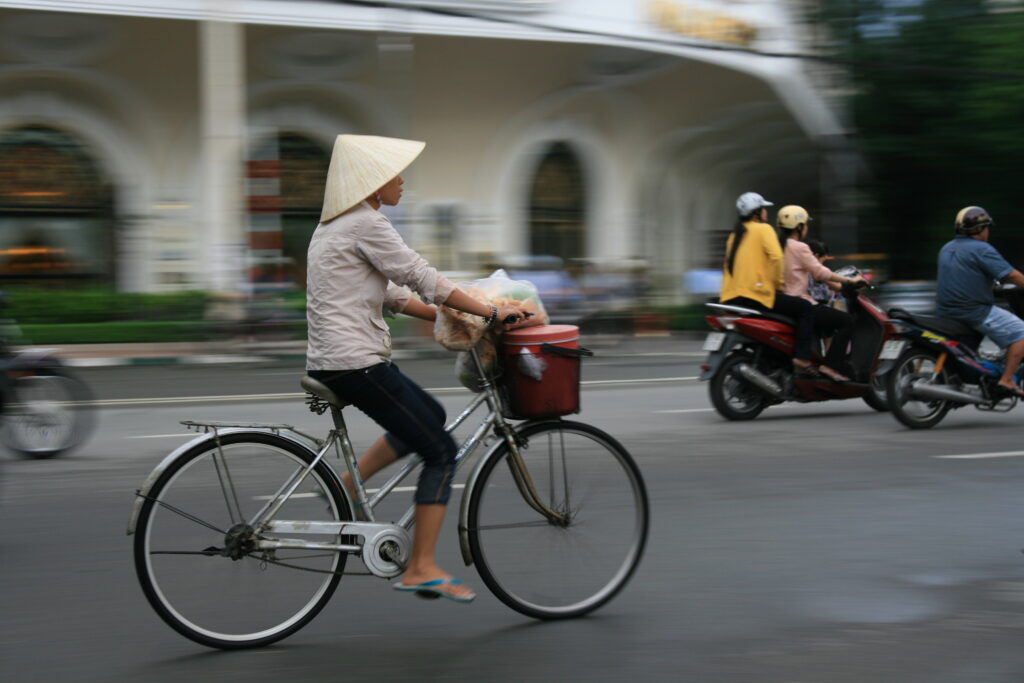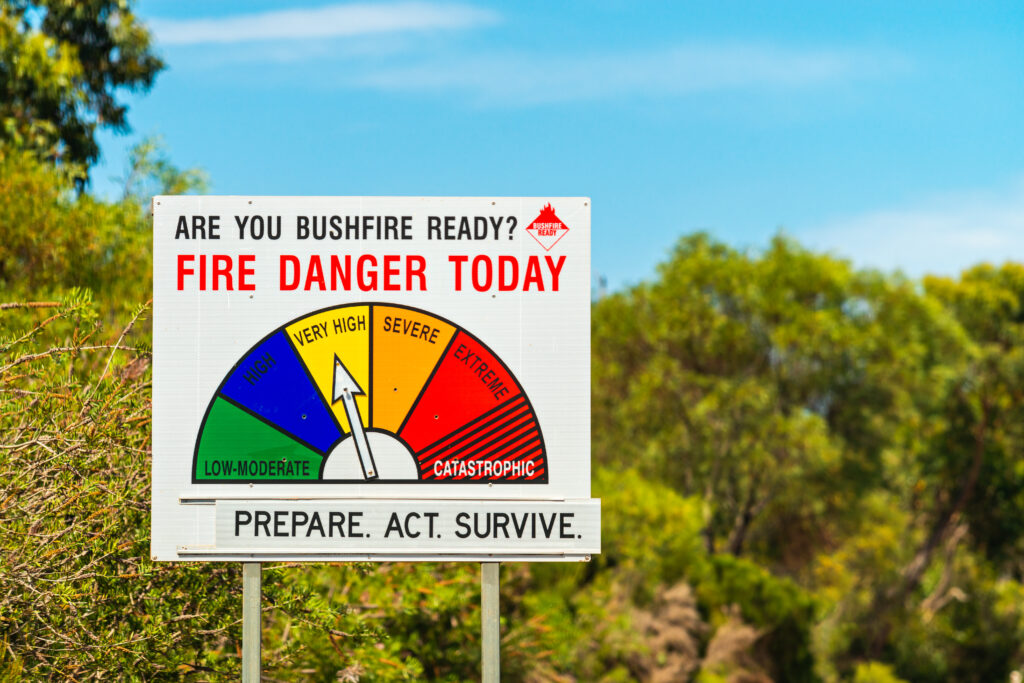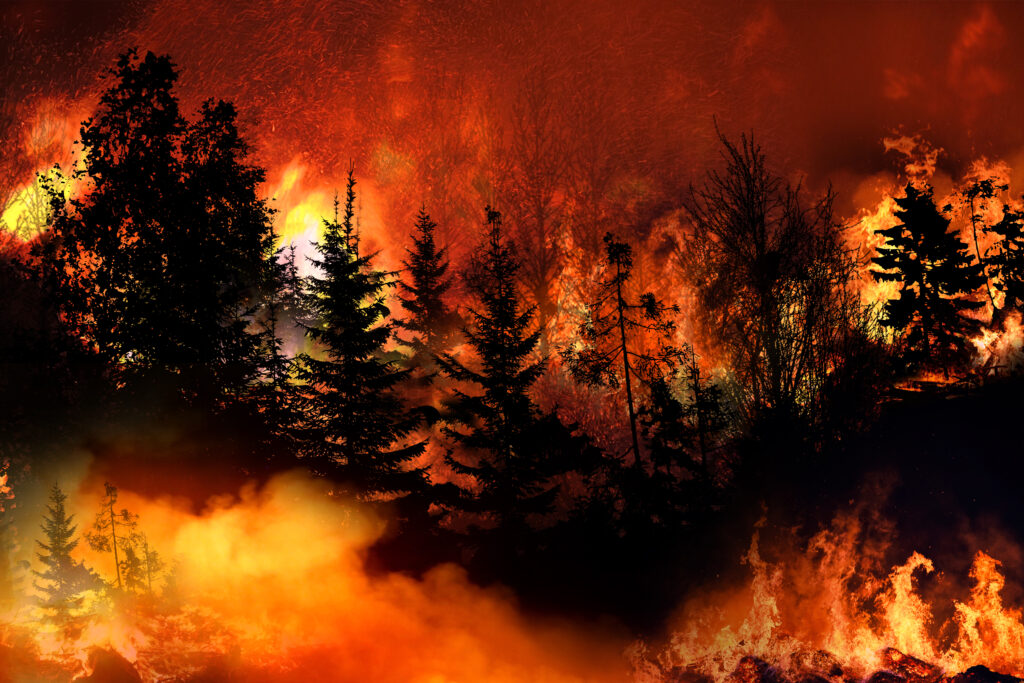Climate change has supercharged extreme weather in Asia this year. Record-breaking temperatures, torrential downpours and catastrophic floods have made headlines around the world, and disasters are striking new regions unprepared for such events – weather patterns are changing.
The extreme and erratic climate events across large swaths of Asia are occurring as Earth reaches a new era of what UN chief António Guterres calls “global boiling”. As for July 2023, records have tumbled. Moreover, it has been the hottest period in 120,000 years. According to Professor Christopher Hewitt at the World Meteorological Organisation (WMO), it brings humanity into uncharted territory. He said that with El Niño on the horizon, even hotter extremes will arrive.
Human Activity Is Fuelling Disasters and Extreme Weather Events
The fundamental driver of 2023’s record-breaking extreme heat and weather is the continued release of greenhouse gases from burning fossil fuels, like coal, oil and gas. The World Weather Attribution (WWA) group, which analyses climate change’s influence on individual extreme weather events found, for example, that April’s humid and deadly heatwave in India and South Asia was at least 30 times more likely due to climate change. In China, the extreme temperatures in July were 50 times more likely, according to the group.
“The role of climate change is absolutely overwhelming,” said climate scientist and WWA co-founder Dr. Friederike Otto. “The world hasn’t stopped burning fossil fuels, the climate continues to warm and heatwaves continue to become more extreme. It is that simple.”
Apart from heatwaves, Asia in 2023 has experienced a number of extreme weather events, including droughts, floods and extreme typhoons.
Extreme Weather in Asia
Asia is experiencing consecutive years of increasingly severe weather events — with each year breaking records compared to the last. In 2022, Asia was affected by 81 disasters that killed more than 5,000 people, according to a new WMO report. Overall, 50 million people were affected. The report predicts that as temperatures increase globally, Asia’s climate will become more dangerous.
Heatwaves in Asia in 2023
Heatwaves are impacting human health, livelihoods and economies and are becoming more common, particularly in South Asia and Southeast Asia. For example, in India, the year began with the hottest February in over a century. In Beijing, heatwaves created consecutive weeks of temperatures above 35°C. Authorities banned outdoor work, causing economic activity to slow down. A station in China’s northwest recorded its highest-ever temperature at 52.2°C. The heat affected everything from crops to power grids.
Japan and South Korea also endured sweltering heat in July. Temperatures in central Tokyo soared to nearly 9°C above the seasonal average. In just one week, heatstroke hospitalised more than 3,000 people in Tokyo and killed three people, including a 13-year-old girl. Meanwhile, the death toll from South Korea’s heatwave reached 23 as of August 2, over three times the number of deaths compared to 2022.
Droughts
El Niño years have a known relationship with droughts in India and China – affecting water, food and energy security. By mid-July this year, over one-third of India’s districts received below-normal rainfall. For 26 districts, rainfall has been 60% lower than normal. Consequently, 20,000 square km of autumn crops have not been sown this year compared to last – about the size of over 3.5 million football fields.
Similarly, in China, 30,000 square km of farmland were suffering drought in June, according to state media. This caused water stress for people, livestock, and crops. There are fears of a repeat of last year’s drought – the most severe in six decades – which affected over 60,000 square km of crops and caused more than USD 7.6 billion in economic losses.
Continued drought has also severely reduced China’s hydroelectric power in 2023. Electricity generation has dropped by 23% compared to last year. To make up for the shortfall, China increased its coal-fired power generation and accelerated the approval of new coal mines and plants – adding to the country’s carbon emission levels.
Floods
Floods have also hit extensive parts of Asia. China saw the worst rains in a decade, striking wheat fields just before the harvest. This resulted in 15% of the crop being unfit for consumption. The country’s rice production is also under threat. Incessant rains in the southern province of Hunan could devastate yields.
In India, late but heavy monsoon rains triggered flash floods and landslides across Himachal Pradesh in July. 22 people died. Meanwhile, New Delhi recorded its highest rainfall in 41 years. Severe rain also caused significant flood damage to rice crops, leading authorities to ban around half of the country’s rice exports. This sparked concerns of further food price hikes across Asia, the Middle East and Africa.
In South Korea, days of torrential rain and extreme flooding led to at least 44 deaths, including 14 people found in a submerged underpass in Cheongju. In North Gyeongsang Province, landslides and dangerous flood waters contributed to the deaths of 22 people.
Cyclones and Typhoons
Warming seas from rising carbon emissions have increased the destructive power of cyclones in Asia by 50% in the past 40 years. Cyclone Biparjoy, which lasted for 13 days in the Arabian Sea off India’s west coast, was the longest-lasting cyclone since 1977. Upon making landfall in India in mid-June, the violent winds uprooted trees and electricity poles. Over 4,600 villages were left without power. Over 100,000 people were evacuated, and at least two people were killed and dozens more injured.
China and Japan also saw destructive tropical storms. In July, Typhoon Doksuri struck China and left cities like Beijing submerged. The Chinese capital experienced its heaviest rainfall in at least 140 years. This led to 21 deaths, knocked out power and destroyed roads and pipes supplying drinking water. In Japan’s tropical southern islands, Typhoon Mawar and Khanun struck in June and August, respectively. Khanun left at least 62 dead and over 160,000 homes without power.
Stopping the Worst of Human-induced Climate Change
Without immediate and dramatic climate action, this year’s disasters are a “foretaste of the future”, said Dr. Petteri Taalas, secretary general of WMO – adding that reducing greenhouse gas emissions is more urgent than ever.
Last year, the Intergovernmental Panel on Climate Change, a UN body, stated that climate-induced catastrophes would mount faster than humanity’s ability to adapt. Dr. Friederike Otto from the World Weather Attribution group says there is still time to limit the worst impacts of global warming. She emphasised that an agreement on phasing out fossil fuels at 2023’s COP28 UAE climate conference must happen to rein in the extreme weather in Asia.
Evelyn Smail
Writer, United Kingdom
Evelyn is a freelance writer and journalist specialising in climate science and policy, the just energy transition and the human impacts of climate change. She writes for independent publications, NGOs and environmental organisations. Evelyn has a background in sustainable development, climate justice and human rights.
Evelyn is a freelance writer and journalist specialising in climate science and policy, the just energy transition and the human impacts of climate change. She writes for independent publications, NGOs and environmental organisations. Evelyn has a background in sustainable development, climate justice and human rights.

